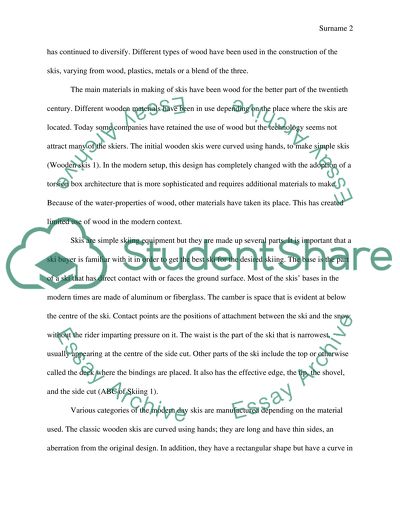Cite this document
(“Our company is considering entering the manufacturing market for snow Research Paper”, n.d.)
Retrieved from https://studentshare.org/engineering-and-construction/1493455-our-company-is-considering-entering-the
Retrieved from https://studentshare.org/engineering-and-construction/1493455-our-company-is-considering-entering-the
(Our Company Is Considering Entering the Manufacturing Market for Snow Research Paper)
https://studentshare.org/engineering-and-construction/1493455-our-company-is-considering-entering-the.
https://studentshare.org/engineering-and-construction/1493455-our-company-is-considering-entering-the.
“Our Company Is Considering Entering the Manufacturing Market for Snow Research Paper”, n.d. https://studentshare.org/engineering-and-construction/1493455-our-company-is-considering-entering-the.


